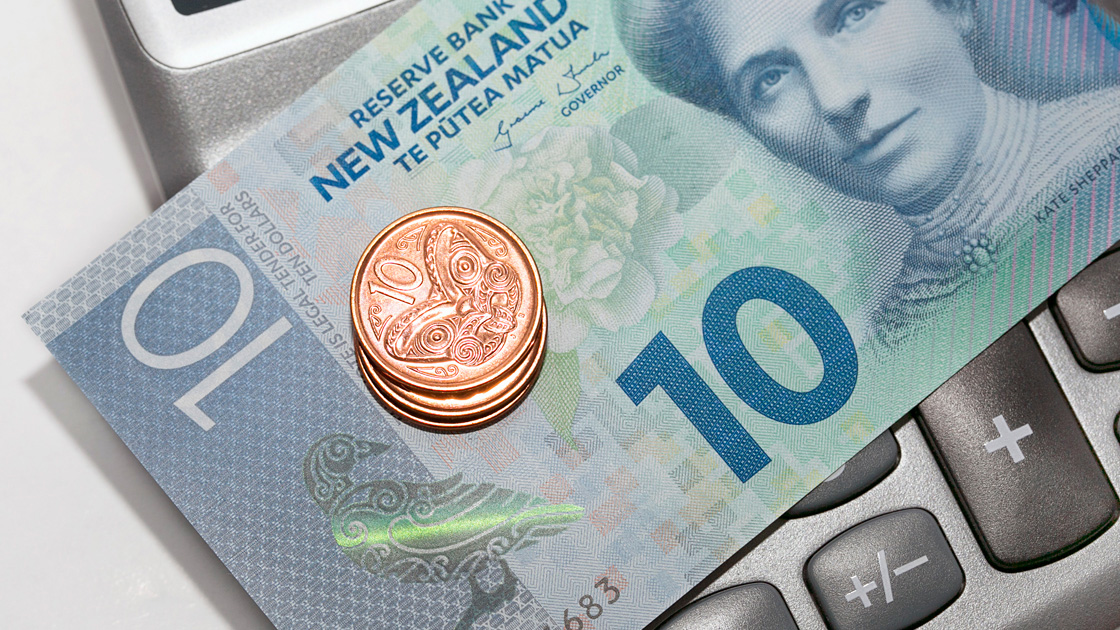Govt spends $55m on wage subsidies
Thursday 27 January 2022 | Written by Al Williams | Published in Economy, National

PHOTO: GETTY IMAGES
More than 50 per cent of Economic Response Plan expenditure totalling $55 million was spent on wage subsidies prior to the last border closure.
Figures released by the Ministry of Finance and Economic Management in its 2021/22 half-year economic and fiscal update give a cumulative breakdown of the Economic Response Plan (ERP) expenditure to June 30, 2021.
It was reinstated in August when the border was closed for a second time.
The ERP included social benefits such as unemployment support and the wage subsidy, and economic stimulus measures such as low interest lending facilities and interest relief programmes through domestic banks.
Approximately 55.7 per cent of actual expenditure, $55m, was provided in wage subsidies with a further 35.5 per cent, totalling $34m provided through the interest relief programme, business continuity credit facility, business grants and sole trader grants.
Figures showed another 3 per cent went to training subsidies, 1.6 per cent to social benefits, 2 per cent to smart economy grants, 0.9 per cent to smart agri-tech grants and 0.8 per cent to operational costs and 0.2 per cent to training grants.
Meanwhile, figures show the Economic Recovery Roadmap (ERR), introduced in the 2021/22 budget to support economic stimulus measures for a sustainable economic recovery has cost $15m as at December 1, 2021, with the measures set to finish after February and expected to consume the remaining balance of the $34m set aside for the ERR.
A breakdown of the $15m cost to December 1 shows $14.5m in wage subsidies, $386,000 operational costs, $100,000 business grants and $39,000 smart agri-tech grants.
Government expenditure for 2021/22 mainly consisted of economic affairs, totalling $112m (37 per cent), largely due to financing of the ERR.
General public services was the second largest area of public spending, comprising of 24 per cent of total expenditure related to executive and legislative functions of government, financial and external affairs.
Total revenue for 2021/22 increased significantly by $13.1m due to funding received through other revenue such as general budget support and vested assets.
It has offset the reduction of $1m in taxation revenue, particularly in VAT and departure tax, which has been impacted by the extended border closure.
Government’s total borrowing including loans for state owned entities is $228 million which is expected to result in a net debt to GDP ratio of 44 per cent for the current financial year 2021/22.














































